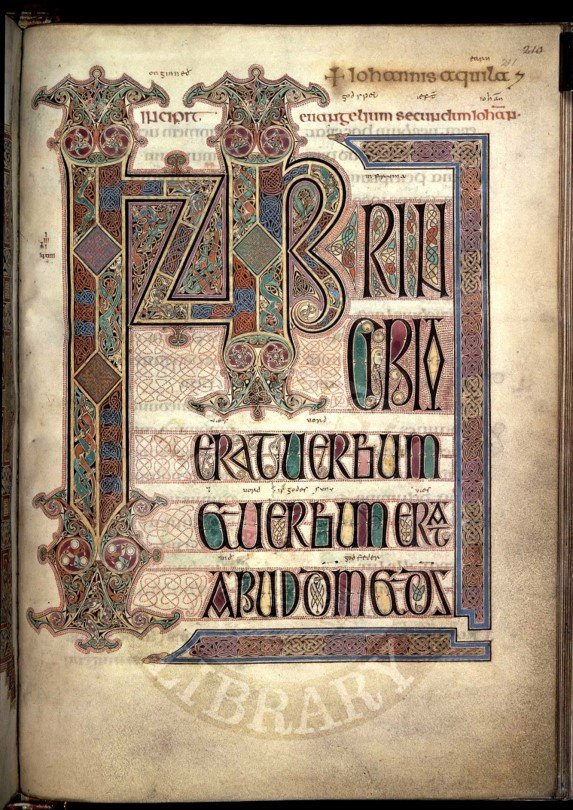Pass it on.
Byzantine Rite: John 1:1–17 on Easter Sunday
Jerusalem lectionary (Armenian, Georgian): John 1:1–17 on Sunday following Easter Sunday
Syriac lectionary: John 1:1–34 on Sunday following Easter
But the division after 1:1-5 is the oldest attested of all.
Sect. 1: Jn 1:1–5; Lk 1:5–80
Sect. 2: Mt 1:18–25a; Lk 2:1–39
Sect. 3: Mt 2:1b–23; Lk 2:40–3:3; Mt 3:1–3; Lk 3:4–6; Jn 1:7–17
Sect. 4: Jn 1:18–28; etc.

Capitulum primum praeterito die dominico tractatum esse meminimus, id est: In principio erat Verbum [...] et tenebrae eam non comprehenderunt.
But if they were beginning with the manuscript evidence they would not.
Puts a climax on 'high Christology' in 1:18 as if it's remarkable that the Logos should be called God.
Creates a strong structural link between 1:18 & 20:28 so that 2 sections end with a declaration of Christ's divinity.
It holds that there's a beautiful poem (or piece of exalted prose) about Christ, which some dork messed up by putting in things about John the Baptist.
1:15-18 (yes I argue the lot should be on JB's lips!) give his words, but no specific occasion.
1:19-28 give an occasion where he speaks.
1:29-34 give an occasion where he sees Jesus and speaks.
The literary pattern is progressive and tracks the handover to Jesus.
One of the bad habits we have in interpreting the text is to divide it into sections.
But the continuity across textual breaks is always bigger than the breaks themselves.
The end.















